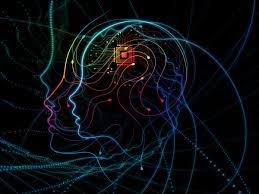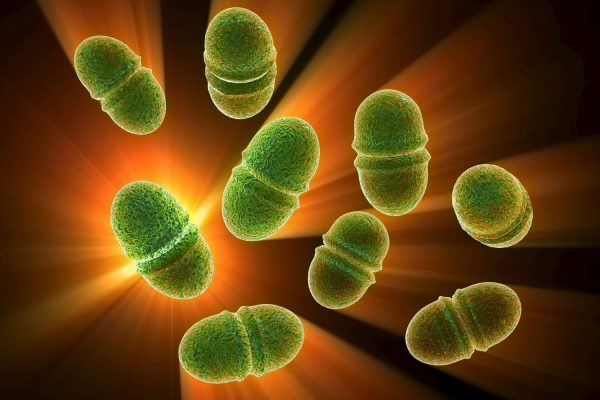By: Melina Bindra
The healing powers of psychedelics have been used for centuries, from Amazonian healing to Native American ceremonies, where the ingestion of various plant preparations evokes an altered state of consciousness. But over the past two decades, the recreational and medicinal use of psychedelics within the U.S. has noticeably increased. Psychedelics could possibly be used in treatments, for countless medical disorders, chronic pain, depression, PTSD, and addiction. Within the last few years, UCSF has taken the initiative to conduct clinical trials involving the use of psychedelics to treat long-term AIDS survivors. Although minimal trials involving the use of psychedelics are being conducted, and past clinical trial results support their efficacy, further research must seek to address the challenges in evaluating psychedelics and understand their implications in the healthcare field.
Currently, researchers are investigating the use of “classical psychedelics” including psilocybin, LSD-25, mescaline (in peyote), and N,N-dimethyltryptamine (DMT, in ayahuasca). In a clinical setting, the risks with psychedelics are relatively rare as patients are prepared for their usage and psychedelics are administered with appropriate supervision. While adverse effects in a recreational setting range from psychosis to hallucinogen-persisting perception disorder, each of the patients is carefully screened and selected for low-risk and abuse liability. In past clinical trials, there has been success in administering psychedelics to patients, often those with cancer. LSD-25, also known as psilocybin, has contributed to analgesic benefits and improvements in anxiety and depression in patients experiencing chronic pain. Additionally, the use of LSD-25 has been compared with the administration of pain-relieving opioids, and the psychedelics provided better results. A trial conducted investigated single-dose of LSD-25 versus single-dose opioid analgesics on 50 patients experiencing “severe intolerable pain”. Following the administration of LSD-25, clinician ratings of the patients improved and exhibited better ease of pain than when given opioids. Despite these promising results, further research must still be done to account for methodological limitations, small sample sizes, absence of experimental procedures (including controlled and randomized trials), and lack of understanding of long-term adverse outcomes.
Researchers must also consider the neurobiological mechanisms involved with psychedelics. Classical psychedelics are 5-HT2AR agonists, exhibit functional neural plasticity, and appear to induce activity at numerous serotonin receptors, contributing to their clinical benefits. Although past studies have examined the role of serotonin acceptors in preclinical pain models, utilizing both agonists and antagonists, none have specifically studied the effect of psychedelics. Additional evidence supports that 5-HT2AR has a bidirectional effect on inflammation. This finding alludes to the inconsistent anti-inflammatory effects of psychedelics. In contrast, psychedelics prove effective against neuroinflammation, possibly benefiting patients with autoimmune disorders. Further research in investigating the mechanisms of psychedelics must seek to understand whether psychedelics present analgesic or disease-modifying effects in conditions relating to chronic pain.
Another aspect to consider in research on psychedelic drugs are the methods in which they are administered. Methods could involve the drug of interest being administered during anesthesia, combining psychedelics with psychotherapy, or creating another drug that mimics the pharmacologic properties but doesn’t cause any “mind-altering effects.” Depending on the various methods of integrating these drugs for medical purposes, treatment could be more convenient, cost-efficient, and targeted for a much larger population.
When it comes to future experiments with psychedelics, there are countless aspects of the experiments to pay close attention to, such as the decisions for the setting, training of the professional administering the psychedelics (most likely a therapist), placebo groups involved, and investigation of disease-specific measures of dosage. Additionally, the neurobiological and psychological mechanisms involved must be closer investigated and researchers must determine which specific pain conditions should be treated with psychedelics. Analyzing these methods and conducting further research would contribute to safer outcomes, avoiding addictive tendencies, as seen with the opioid crisis in treating pain, and achieving greater results with treatment.
The integration of psychedelics into the medical world is certainly not a new concept. But with the proper resources, research, and training of facilitators (and therapists), there is great potential behind these drugs. Maybe the healing powers of these drugs were much stronger than we could have ever imagined.





